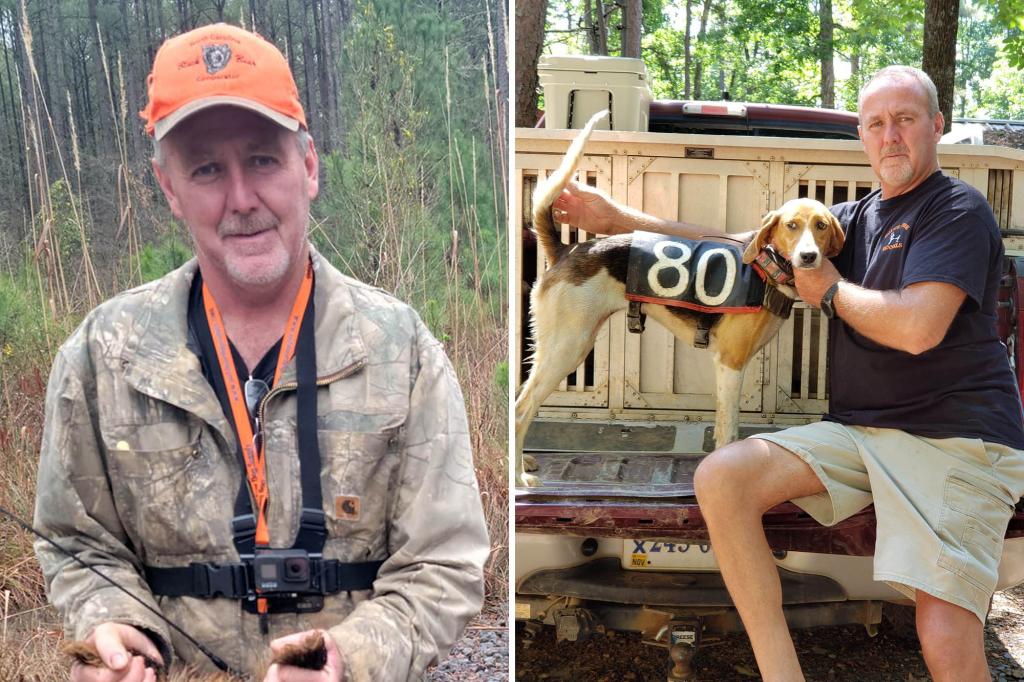The tragic hunting accident in Lunenburg County, Virginia, serves as a stark reminder of the inherent risks associated with hunting, particularly when pursuing large game like bears. While hunting can be a rewarding and traditional activity, it demands meticulous attention to safety protocols to prevent unforeseen and potentially fatal consequences. This incident, involving a group of hunters tracking a bear, highlights how even seemingly routine hunting scenarios can quickly escalate into life-threatening situations.
The sequence of events leading to Lester C. Harvey’s death underscores the critical importance of situational awareness and careful planning during a hunt. The bear, pursued by the hunting party, ascended a tree, a common defensive behavior for these animals. As the hunters retreated from the tree, one member shot the bear, presumably aiming for a clean, ethical kill. However, the bear’s subsequent fall onto Harvey, positioned near the base of the tree, demonstrates a critical oversight in assessing the potential dangers of the situation. This tragic miscalculation resulted in fatal injuries for Harvey, despite immediate first aid efforts by a fellow hunter and subsequent medical treatment at two separate hospitals.
This incident echoes similar hunting accidents involving falling bears, indicating a recurring pattern that necessitates greater attention to safety practices within the hunting community. The 2018 incident in Alaska, where a hunter was critically injured by a falling bear and dislodged rocks, and the 2019 North Carolina incident, where a hunter was bitten and fell off a cliff with the bear he had shot, further emphasize the unpredictable nature of such encounters. These cases highlight the potential for cascading events, where the initial shot leads to uncontrolled and hazardous outcomes.
The circumstances surrounding these incidents raise critical questions about the safety procedures followed by the hunting parties involved. Were appropriate safety distances maintained? Was there adequate communication between hunters regarding their positions and the intended trajectory of the shot? Were potential hazards, such as the possibility of the bear falling in an unintended direction, properly assessed? A thorough investigation of these incidents could offer valuable lessons for hunters, emphasizing the importance of pre-hunt planning, clear communication, and constant vigilance throughout the hunting process. It could also inform the development of more comprehensive safety guidelines for hunting large game, specifically addressing the risks associated with tree-bound animals.
Beyond the immediate circumstances of the hunt, the loss of Lester C. Harvey, a 58-year-old self-employed contractor, husband, father of five, and grandfather of eight, highlights the devastating human impact of such tragedies. Harvey, described as an avid outdoorsman, likely found solace and enjoyment in hunting. His untimely death serves as a heartbreaking reminder that even experienced hunters are not immune to the inherent dangers of the sport. It also underscores the ripple effect of hunting accidents, extending far beyond the immediate participants to families and communities.
This incident and others like it should serve as a catalyst for renewed focus on hunter safety education and the promotion of responsible hunting practices. Hunting organizations, wildlife agencies, and individual hunters all bear a responsibility to prioritize safety. This includes not only the proper handling of firearms but also a comprehensive understanding of animal behavior, environmental awareness, and effective communication within hunting groups. By emphasizing a culture of safety and continually evaluating hunting practices, the hunting community can strive to minimize the risks inherent in the sport and prevent future tragedies like the one that befell Lester C. Harvey. Ultimately, the goal should be to ensure that hunting remains a safe and sustainable activity for all who participate.










